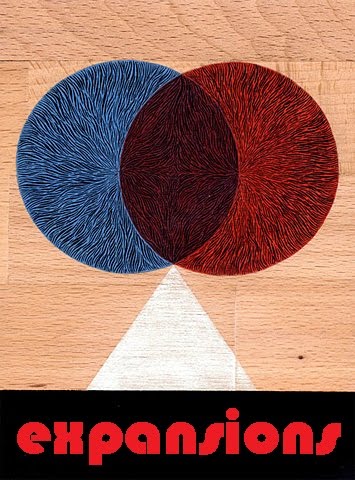

Agta is the generic term used in Bikol to refer to its 40,000 natives with dark-colored skins, short stature and kinky hair. There are three other terms for them in Camarines Norte where they have managed to preserve their indigenous culture. "Kabihug" is what they call themselves; "Manide" is the term for their language; and Abian, meaning "friend" is how they are referred to by non- Agtas.
The Agta family has very close ties. The relatives on both the father's and mother's sides are called kaka. The following kinship terms are used by the Kabihugs for members of both the consaguineal and affinal families. Grandfather, dadong; grandmother, lala; father, tata; mother, nana; uncle, ama; aunt, mina; eldest brother, kaka or bihion; subsequent older brother or sister , kawedian na inyog; son, anak a bihion; daughter, anak a babaye; child, batet; grandchild, apo; nephew or niece, kumangkon; older cousin, pinsan a kaka; younger cousin, pinsan a wedi; and father or mother-in-law, lis-ikan.
The father and the elder sons usually hunt, while the mothers and daughters are left behind for the household chores. It is usually the mothers who take care of the babies. Infancy is termed as tayombon, weaning as pagbubutas, childhood as pagdako, adolescence as pagsisiel and pagbakis as marriage.
In social gatherings called katapusan which is usually a day for rest, youngsters get the opportunity to mingle with other youngsters. When a boy happens to fall in love with a girl, he can declare his intentions by hiding and waiting for her to bathe in the river. There he should throw to the girl a fruit with a drawn design symbolizing his love for her. If the girl picks up the fruit, it means that she too has similar feelings for the boy. It is only then that the boy reveals himself and proposes to the girl. If their parents do not object of their love, the boy will do the manunungko and ask from the girl's parents her hand in marriage. The girl's father gives the boy a final task. If accomplished to his satisfaction, the wedding is then set. It is the tribe's oldest member who officiates at the ceremony, where tobacco, local wine and nganga figure prominently. After receiving the final blessings and instructions from their eldest relatives, the couple make off for the hills or forest for their honeymoon. The next day, they wear a red piece of cloth around their foreheads to proclaim their newlywed status.

No comments:
Post a Comment
Note: Only a member of this blog may post a comment.